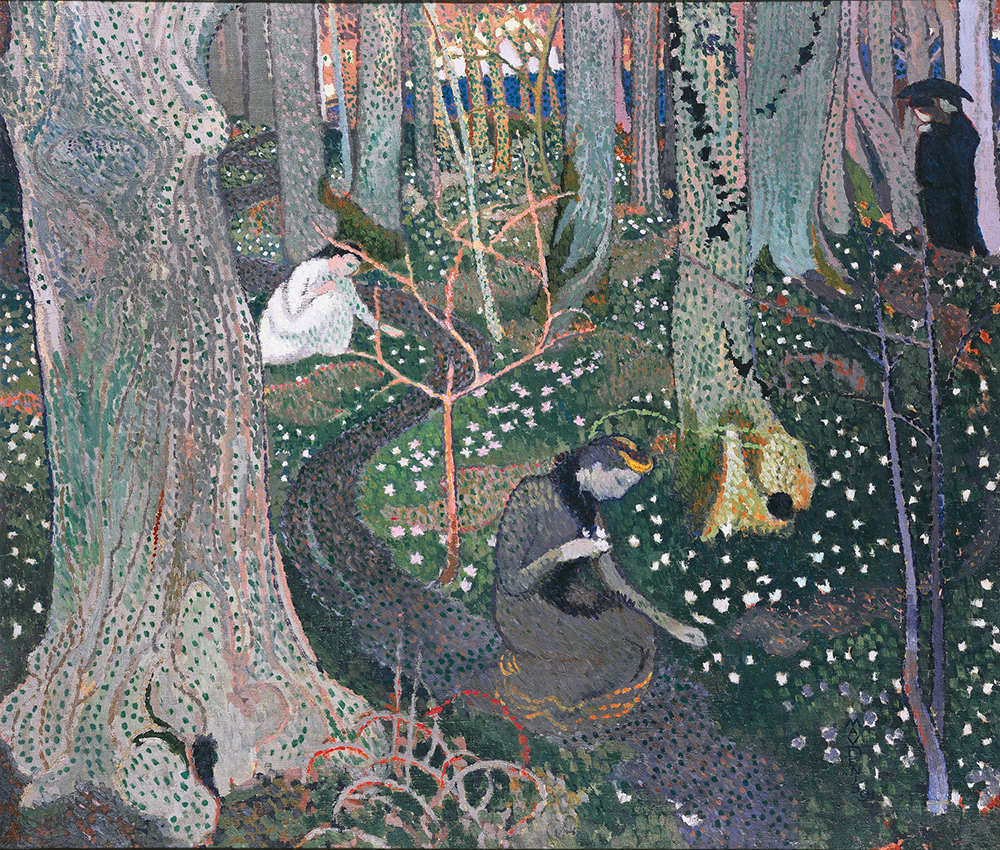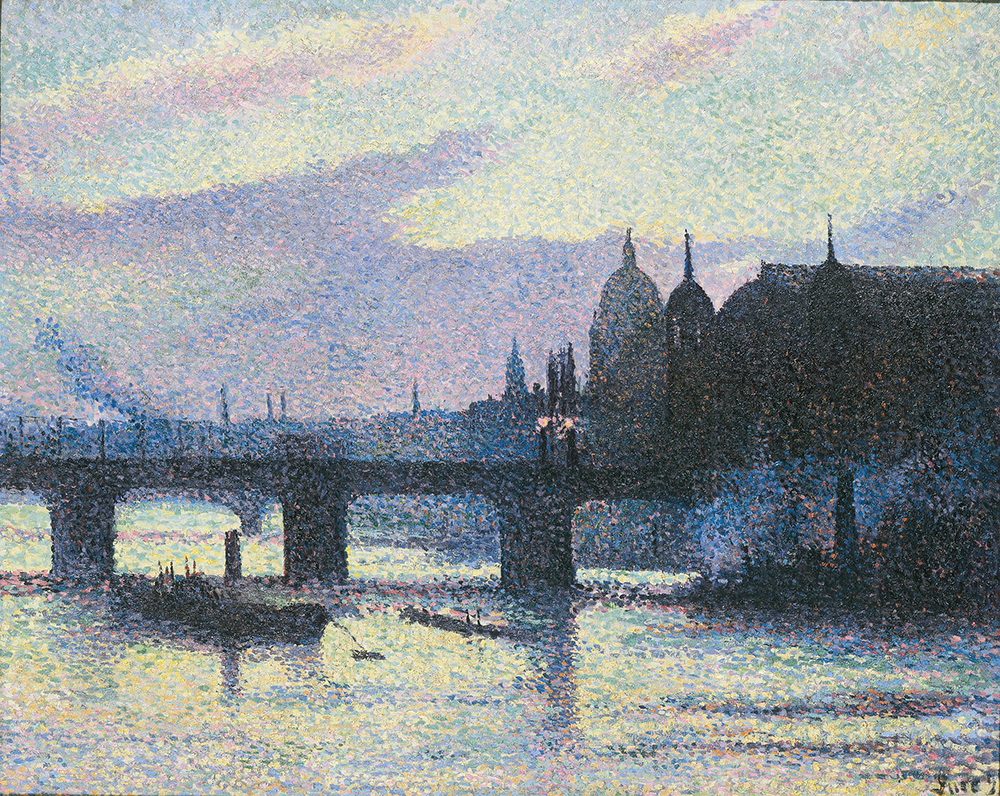
It was a time of political upheaval, cultural transformation, and a spectrum of artistic movements in Europe during the last half of the 19th century, especially in the art capital of the world: Paris. How artists reflected and captured this era was truly extraordinary.
An incredible array of late-19th-century paintings are currently on view at the Guggenheim Museum in Bilbao, Spain. On view through September 17, “Paris, Fin De Siècle” centers on how a group of seminal artists and their contemporaries captured a period of vibrant — and sometimes chaotic — transformation.


The exhibition revolves around three artists: Paul Signac, Odilon Redon, and Henri de Toulouse-Lautrec. “By the late 1880s, a generation of artists had emerged that included Neo-Impressionists, Symbolists, and Nabis,” the museum reports. “Their subject matter remained largely the same as that of their still-active Impressionist forebears: landscapes, the modern city, and leisure-time activities; however, these scenes were joined by introspective and fantastical visions, and the treatment of these familiar subjects shifted. The avant-garde ambition to spontaneously capture a fleeting moment of contemporary life ceded to the pursuit of carefully crafted works that were anti-naturalistic in form and execution, and which sought to elicit emotions, sensations, and psychic changes in the viewer.



“Despite their sometimes contradictory stances, these artists shared the goal of creating art with a universal resonance, and there was even overlap among members of the groups. Surveyed together, the idioms of this tumultuous decade map a complex terrain of divergent and collective aesthetic and philosophical theories, while charting the destabilizing events on the cusp of two centuries.”
To learn more, visit the Guggenheim Museum, Bilbao.
This article was featured in Fine Art Today, a weekly e-newsletter from Fine Art Connoisseur magazine. To start receiving Fine Art Today for free, click here.








